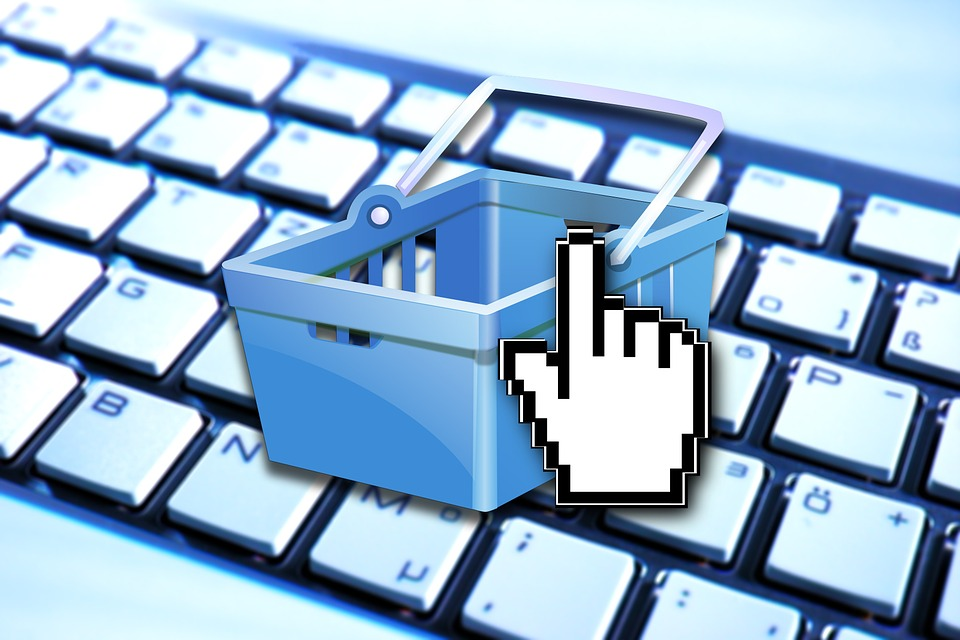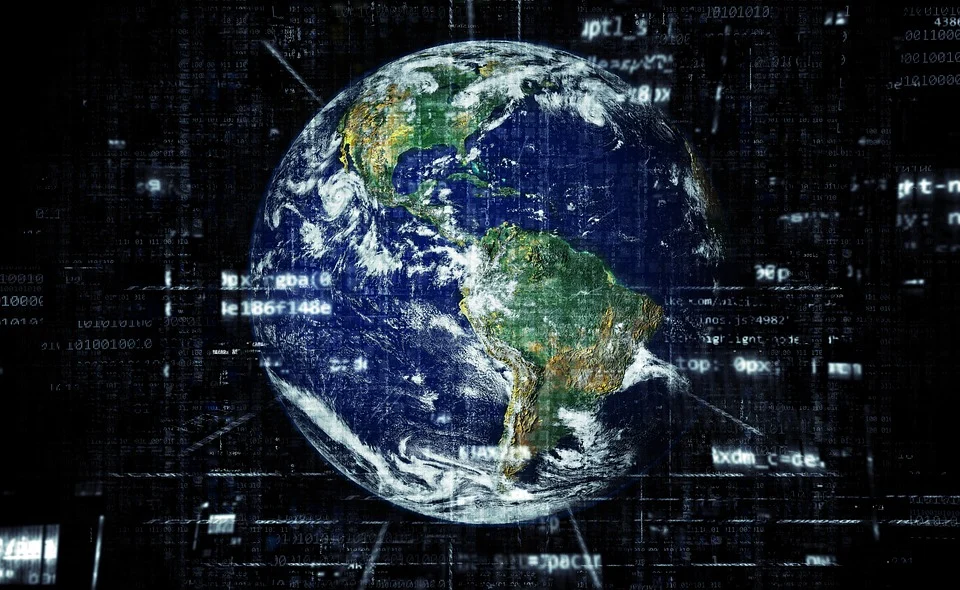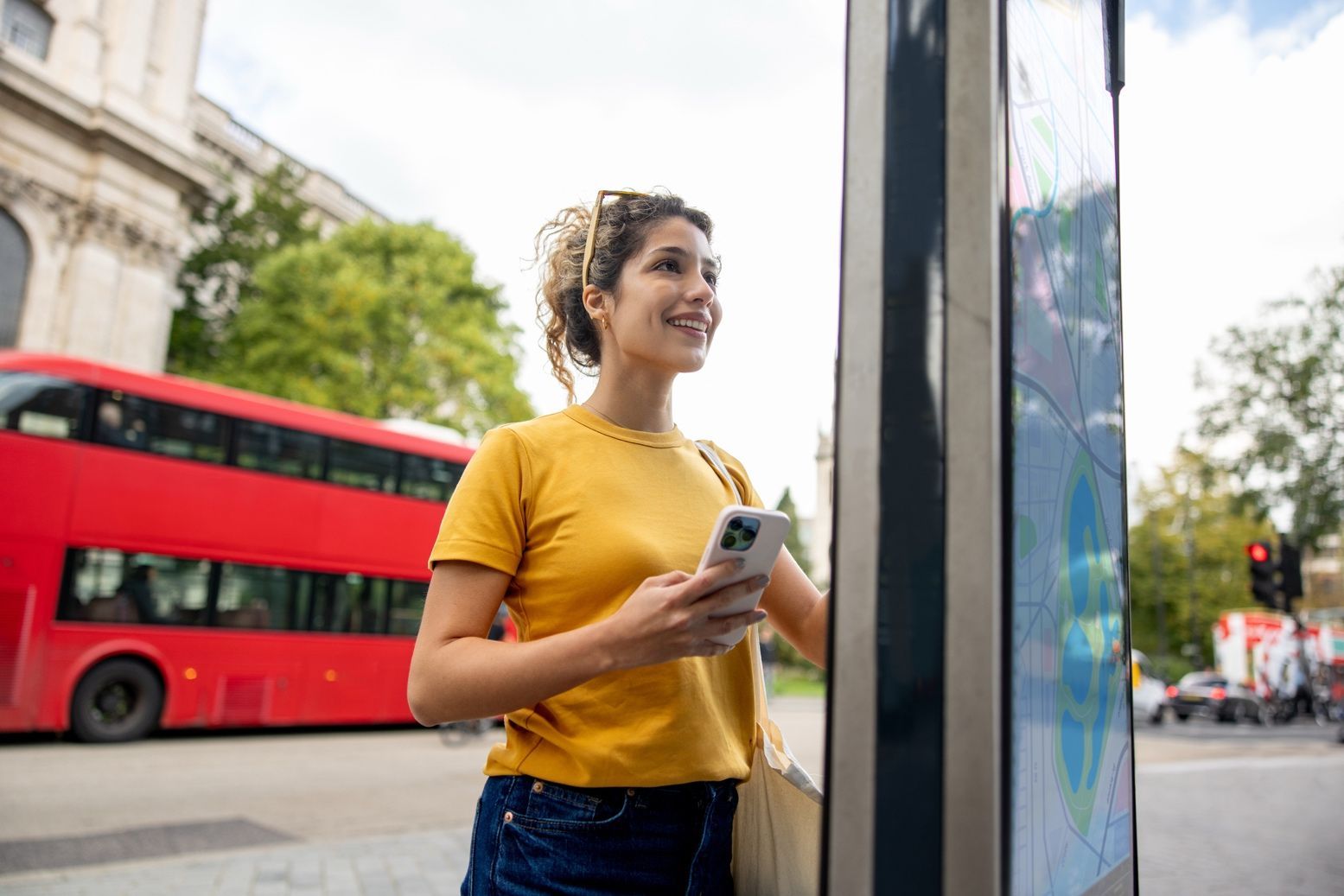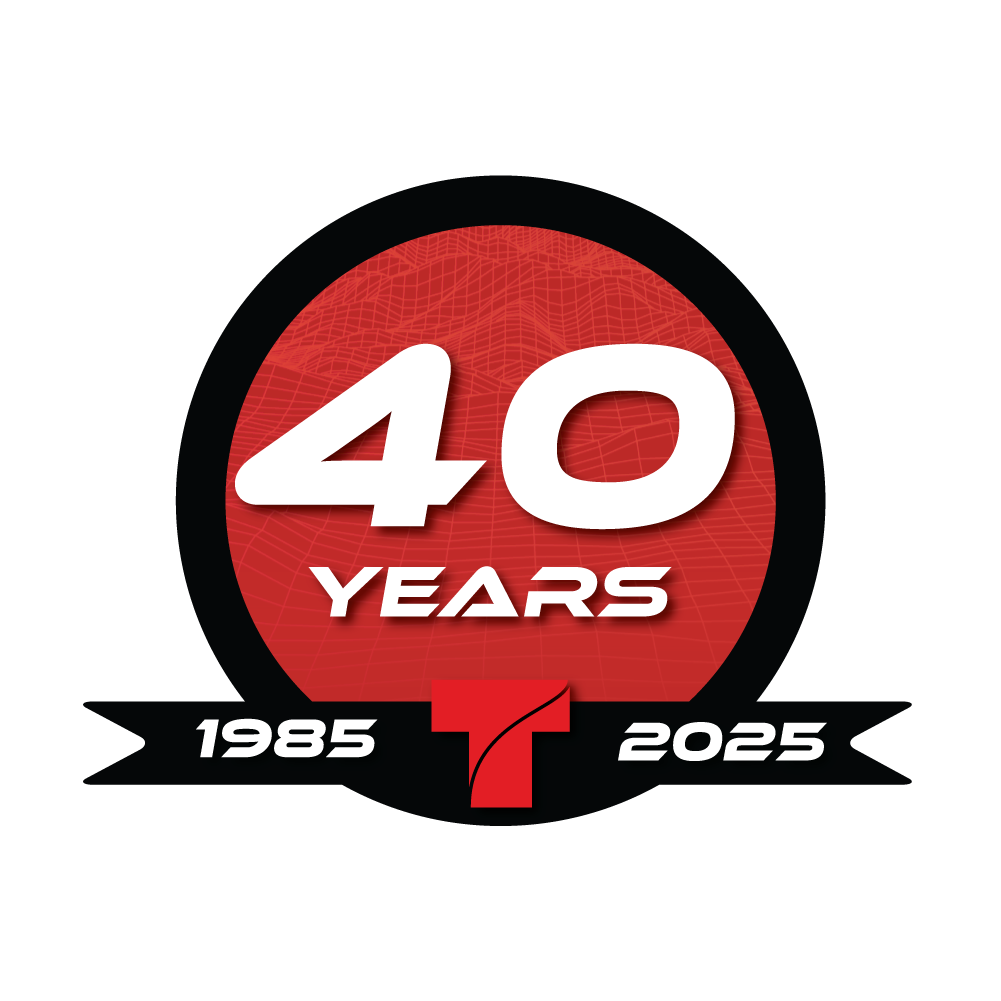A Retailer’s Guide to GIS
Location, location, location: This is perhaps the foundation of any retailer’s success, regardless of how large or small the organization may be. Where customers are located is now even more important as the world of digital marketing expands at break-neck speeds. Tapping into GIS and geospatial tools can provide retailers with the quantifiable data they need to grow and thrive:
The beauty and power of GIS for retail business is that it allows company analysts to consider many options, identify potential, assess the impact of various investments, identify market segments, and identify trends in the business landscape. No other information technology has such a comprehensive analytical potential for working with spatial information, which is about 80% of all the data used by companies for research and analysis.
Businesses are also increasingly using geospatial data in conjunction with machine learning and artificial intelligence in several applications. For example, insurance companies show climate change and extreme weather events will increase or decrease the risk for certain geographical regions and adjust premiums accordingly.
Beacons, smartphones, and wearables are all becoming ubiquitous in retail marketing strategies, and can all be leveraged as geospatial tech that helps round out the customer experience. Retailers can get a comprehensive look at how shoppers move, how much time they spend in stores, which store locations they choose most, and other behavior that helps brands shape product development and brand expansion.

Making Real-Time Decisions
Again, location is probably the biggest influencing factor in what many people purchase whether it’s online or off. Using GIS tech can give retailers a hypergranular look at why shoppers are making the decisions they are and tracking these patterns to use as business intelligence. With GIS, this data can be accessed in real-time and allow for retail brands to stay agile in the face of shifting customer demand cycles.
Market Expansion
Geospatial and GIS mapping is also a crucial tool for retailers looking to expand brick-and-mortar presence. Demographic statistics, shopping behavior, real estate data — these can all be collected, overlaid, and analyzed by retail brands to decide whether or not a physical location will be worth the ROI of expansion. During commercial construction projects, these maps can be assets as part of the design-build plans.
Merchandising
Deciding which inventory (and where) to put out on the sales floor is a major decision for retailers. The use of GIS can present retailers with socio-economic stats that help guide merchandising strategies and strategically streamline inventory management. This also helps to nurture relationships with vendors, especially if they’re locally based or offer seasonal items that aren’t readily available or accessible year-round.

Marketing
Most households in the US have at least one mobile device, if not (many) more. GIS and geospatial technology can be used to send personalized, tailored marketing messages to customers in the same physical location or surrounding areas. An example of this is beacon marketing and app or text notifications. Geospatial tools can also work alongside customer relationship management (CRM) systems to provide retailers with data-rich market insight.
Competitor Research
Knowing where the competitors stand — both literally and figuratively — gives retailers an edge over them. GIS and geospatial tech can provide decision-makers with data assets showing the physical proximity to other retailers in the industry. Hours of operation, services offered, marketing strategies, and more can all be revealed with these assets, letting key stakeholders pivot in real-time based on what the competition is doing.
Geospatial solutions and GIS are being used across all industries — especially retail — and innovations in this field are happening at light speed, which is feeding the demand for qualified professionals who are looking to travel a GIS career path. Don’t overlook the help offered by a team like ours.












